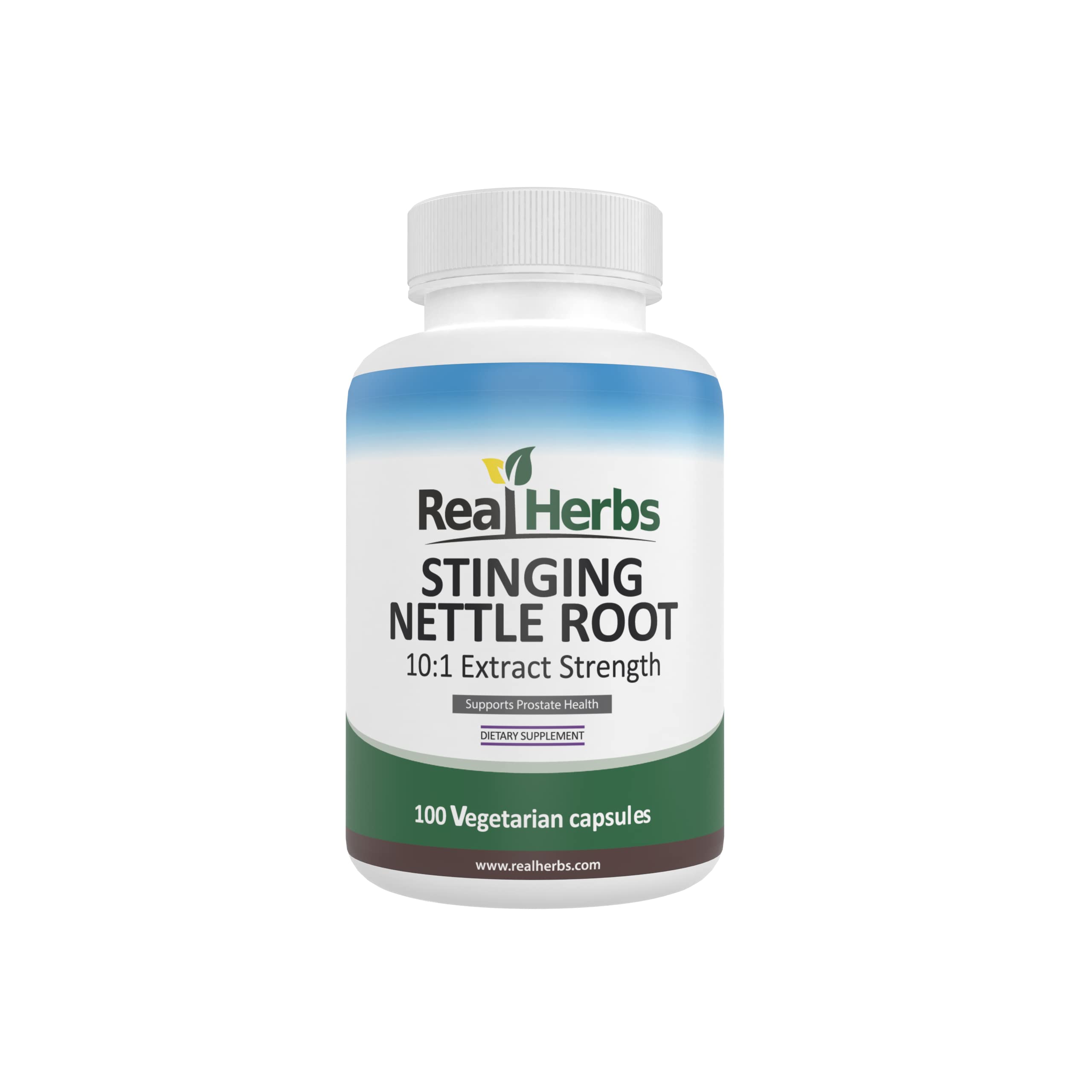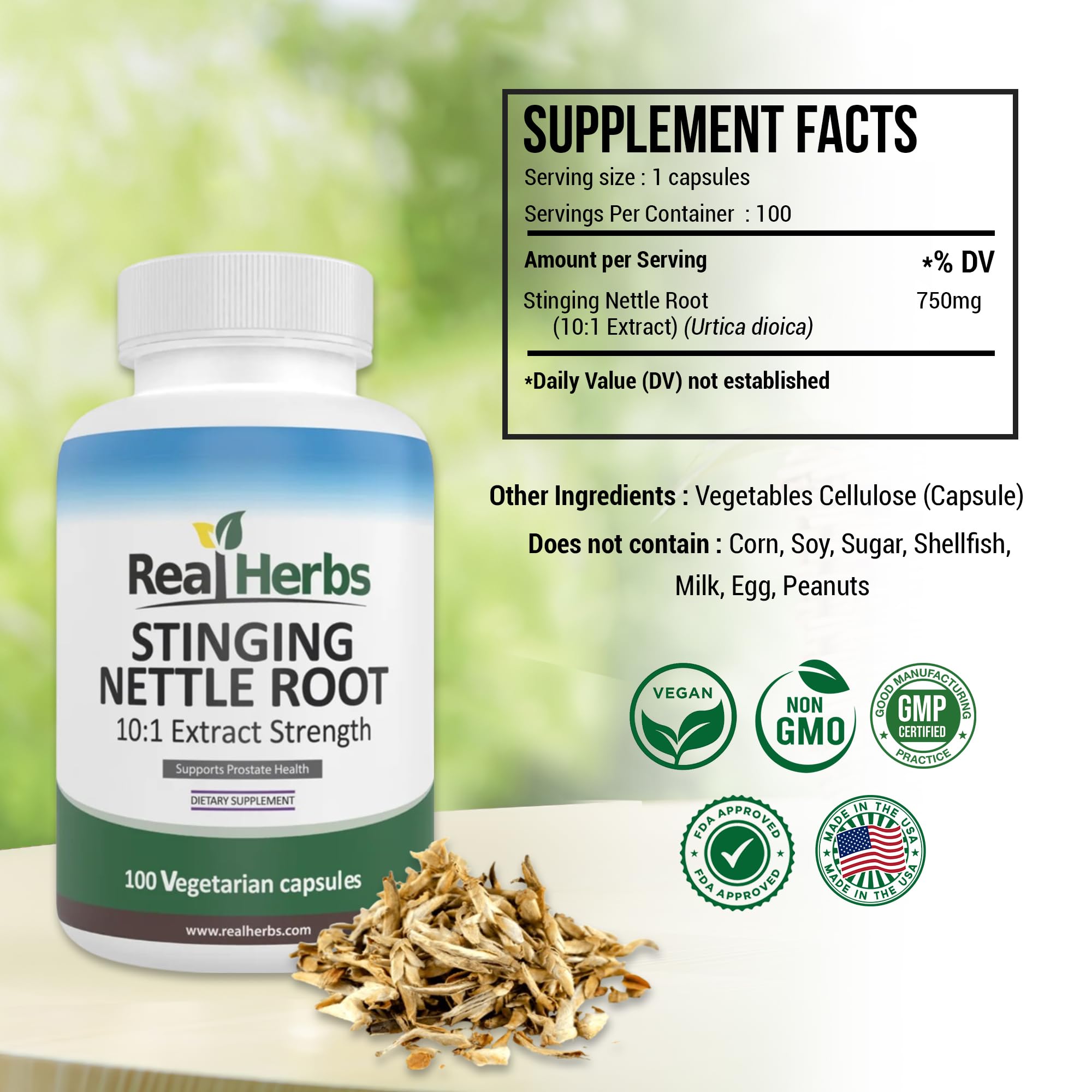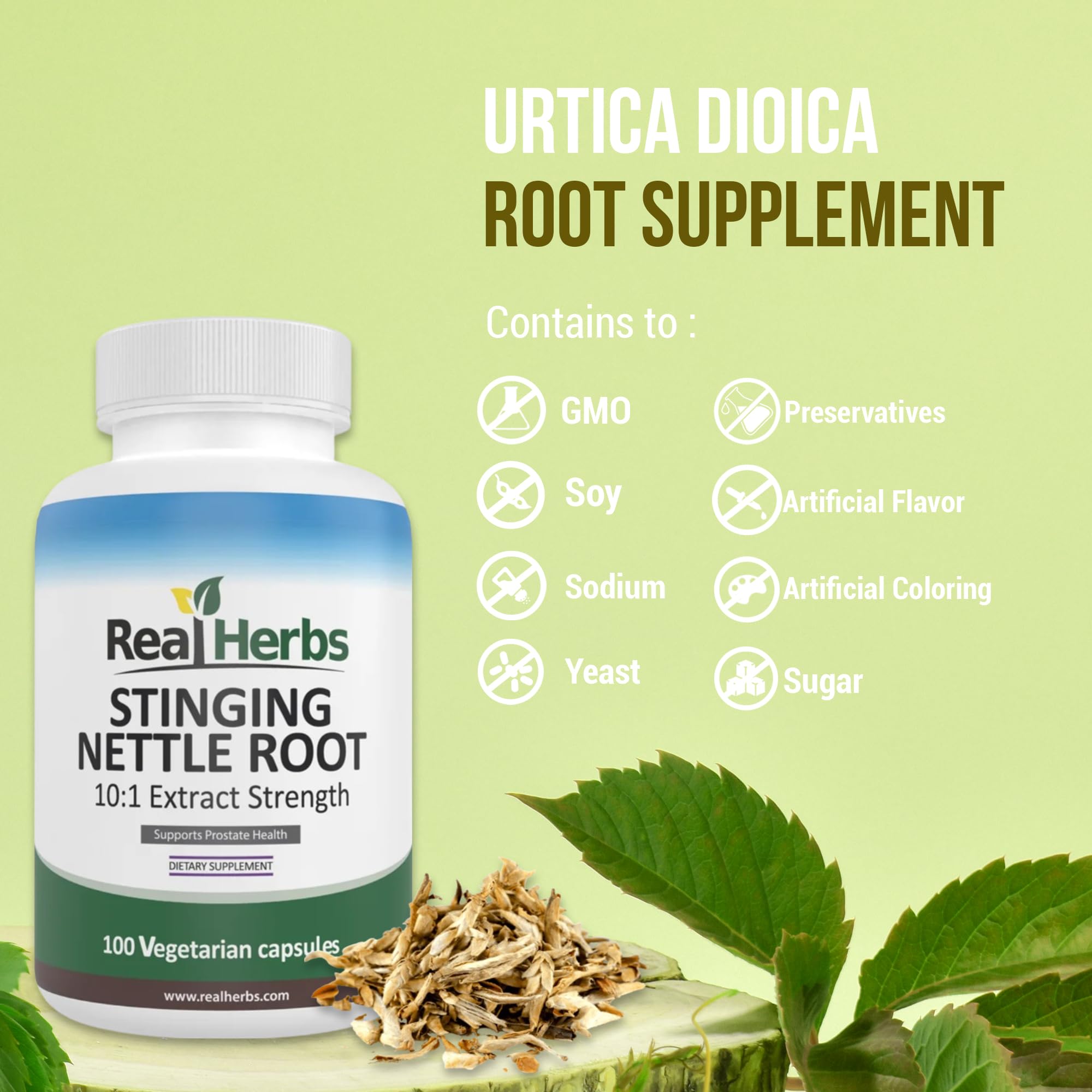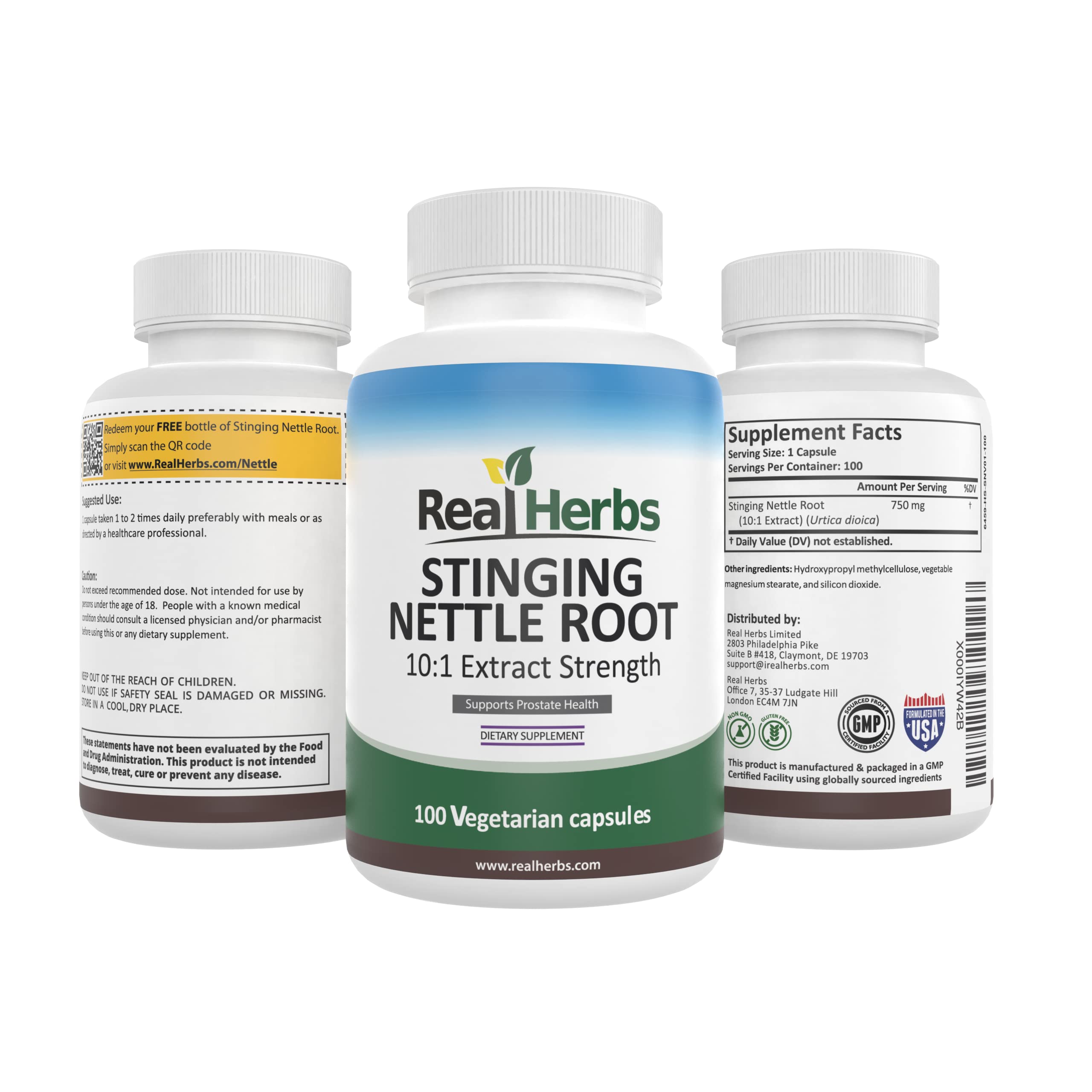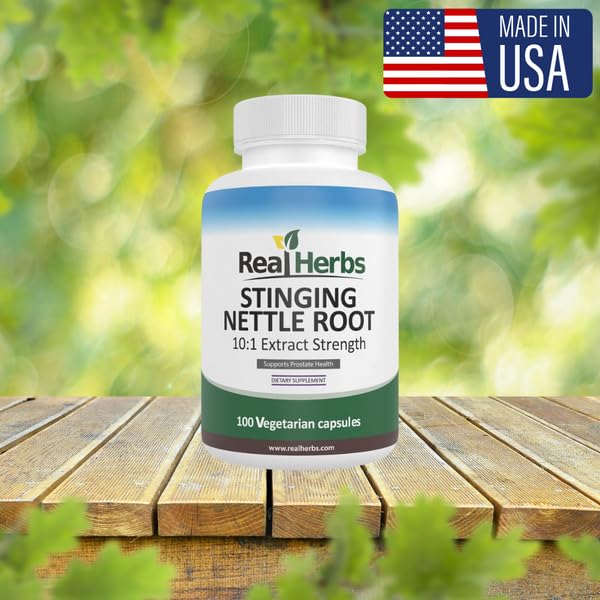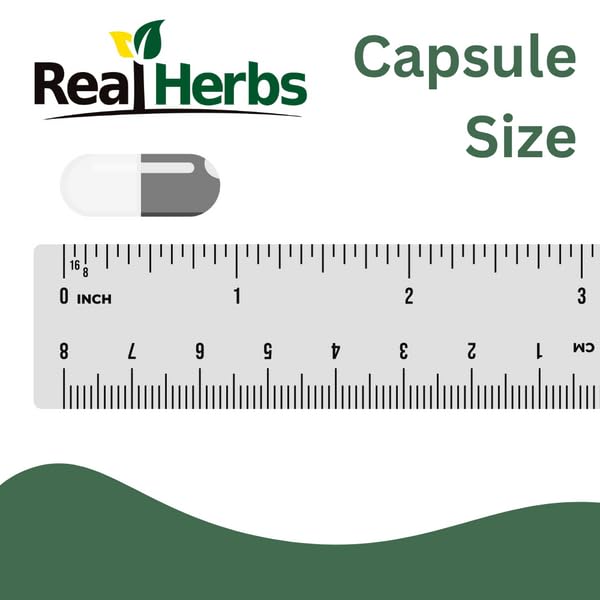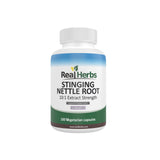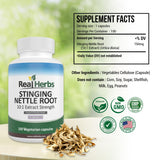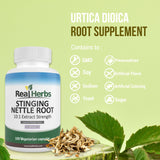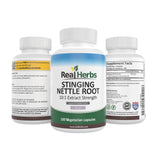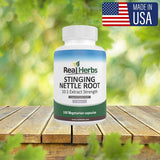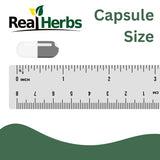Soothing Relief: The Pain-Reducing Benefits of Stinging Nettle Root
Injuries, diseases, and inflammation are common causes of pain. It can range from mild to severe in intensity and can be either acute (short-term) or chronic (long-term). Pain can have a significant impact on a person's quality of life and can impede daily activities and general health.
There are a variety of pain treatments, including over-the-counter and prescription medications, physical therapy, and surgery. Some people prefer to try natural remedies before resorting to medications, and stinging nettle root has been used for centuries as a pain reliever.
History
There is a long history of using stinging nettle as a natural pain remedy. Historically, it was used to treat a variety of conditions, including arthritis, gout, and muscle and joint pain. In traditional medicine, stinging nettle was frequently consumed as a tea or applied topically in the form of a poultice.
How it works
It is believed that stinging nettle root has pain-relieving properties due to its high concentration of lignans. The anti-inflammatory properties of these compounds may aid in reducing inflammation and pain. The root of stinging nettle may also have analgesic properties, meaning that it can reduce the perception of pain.
In addition to its anti-inflammatory and analgesic properties, stinging nettle root may possess additional properties that contribute to its pain-relieving effects. For instance, it is believed to have diuretic properties, meaning that it can increase urine production and decrease fluid retention, thereby reducing swelling and pain. It is also believed to possess immune-enhancing properties, which may aid in reducing inflammation and pain.
Overall, the precise mechanism by which stinging nettle root alleviates pain is not fully understood, and additional research is required to fully comprehend its effects.
Studies and Results
Several studies have examined the use of stinging nettle root for pain relief. A 2004 study published in the Journal of the American Medical Association examined the efficacy of a supplement containing stinging nettle root in treating knee osteoarthritis. The study involving 240 individuals with osteoarthritis revealed that the treatment was effective at reducing pain intensity and enhancing function.
A 2001 study published in the Journal of Rheumatology examined the efficacy of stinging nettle root in the treatment of joint pain in rheumatoid arthritis patients. The study involving 240 patients with rheumatoid arthritis found that stinging nettle root was effective at alleviating joint pain.
Overall, the results of these studies suggest that stinging nettle root may be effective for alleviating joint pain and osteoarthritis. However, it is important to note that the studies were small, and additional research is required to confirm the pain-relieving efficacy of stinging nettle root.
Recommended Dosage
Depending on the product, the recommended dosage of stinging nettle root for pain relief varies. Generally, it is advised to adhere to the dosage instructions on the product label. In the aforementioned studies, daily doses of stinging nettle root ranged from 300 to 600 mg.
Conclusion
The stinging nettle root is a natural option for individuals seeking pain relief. Early studies indicate that it may be effective in reducing the severity of joint pain and osteoarthritis. However, additional research is necessary to confirm its efficacy. Before beginning to use stinging nettle root, it is important to consult a healthcare provider, as with any dietary supplement.
References
-
Journal of the American Medical Association. (2004). The efficacy of stinging nettle (Urtica dioica) root extract in the treatment of osteoarthritis: a randomized double-blind study. Retrieved from https://jamanetwork.com/journals/jama/fullarticle/205359
- Journal of Rheumatology. (2001). Stinging nettle root extract (Bazoton-uno) in long term treatment of patients with rheumatoid arthritis: a double-blind, placebo-controlled, multi-center trial. Retrieved from https://www.jrheum.org/content/28/8/1870.short

